When seen growing around your plants, the appearance of some ugly white fungus balls in the soil can be quite alarming. What’s worse is that these white balls may develop and expand to enormous sizes in what seems like no time. This can leave even the most laid-back gardener feeling quite concerned.
Most of the time, white fungus balls in the soil group together in colonies and can be big puffy balls or clusters of white eggs. The many fungi and their various environments account for the variation in how fungal balls form. Finding fungal balls in the soil is not a problem.
By allowing the soil to dry out, the white fungus will stop growing, since it thrives on damp soil. As long as the fungal development is not too close to your plants, you shouldn’t be concerned.
Either the stinkhorn or the puffball fungus is why there are white fungal balls in the soil. Both fungi have the trait of growing on decomposing organic debris, which may cause future problems like mold.
Even if these white fungus balls don’t seem to be a problem when you first spot them, try to get rid of them before they get bigger and take over your garden,
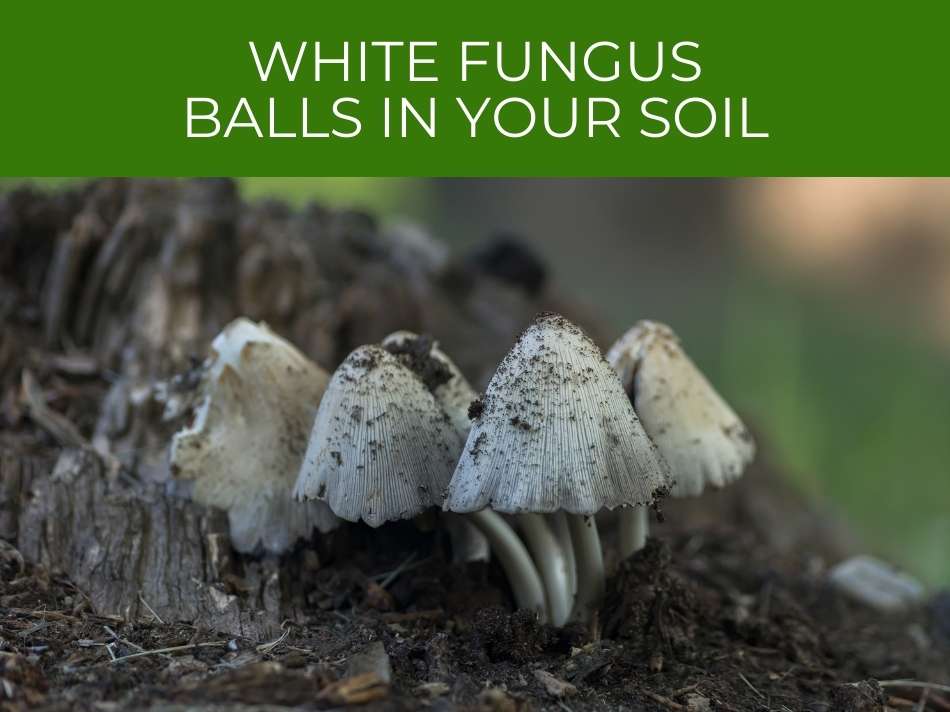
White Fungus Balls In Your Soil
One of the main white fungus balls you may find in your soil is fuzzy, puffy, round fungi with a ball-like appearance and are called puffballs.
The other major culprit under the white fungus umbrella is the stinkhorn mushroom, although it doesn’t look like a ball when it matures.
But the young ones, which are sometimes called “eggs,” can look like white balls that resemble puffball mushrooms.
However, the ability of stinkhorn fungus to grow large and tall, as well as the fact that they smell bad, are sufficient reasons to get rid of them as soon as possible, along with decomposing organic waste, in order to keep your plants healthy.
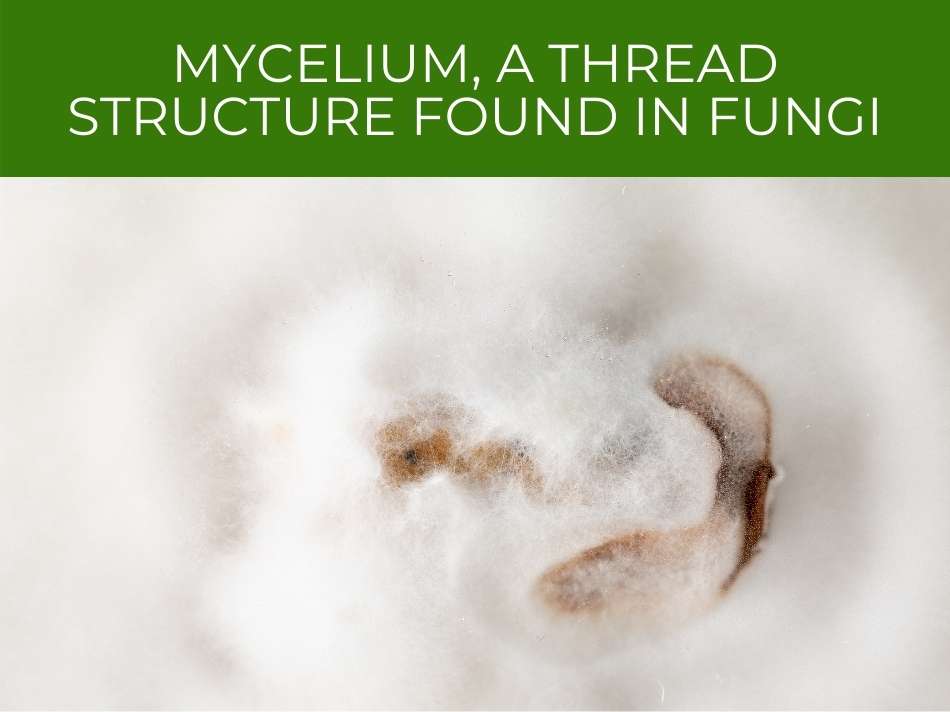
If the conditions are right, white fungus balls can remain on the soil for years. Mycelium, a thread structure found in fungi, weaves underground and can remain dormant. When conditions are right for them to flourish, the fungus balls become visible.
There are good things about white fungus balls, though.
They are a fantastic way to enhance the soil’s quality for different plants.
White fungus balls provide many wonderful advantages, such as better drainage, aerating the soil, keeping it cool and dry, and also neutralizing the pH, which is necessary for the growth of roots.
Learn more about puffball fungus here.
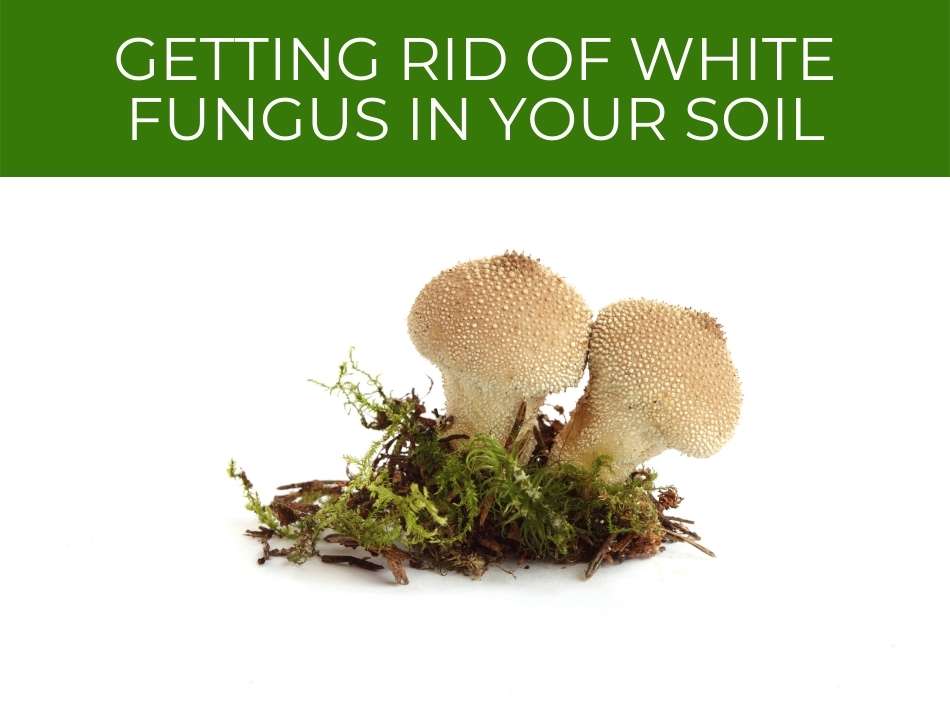
Getting Rid Of White Fungus In Your Soil
Being able to get rid of the white fungus balls in the soil depends on how bad the infestation is. More severe infestations need more extreme methods.
You can simply remove the white fungus balls from the soil by donning a pair of gloves and finding the fungus’s roots (mycelium) and pulling them out. If the fungus has spread too far, take out the infected parts of the loose soil and put new soil in its place.
In more severe instances, you might need to remove the plants and replant them with fresh soil and remove it from the ground, but there is no need to do so unless the amount of fungus is out of control.
Most of the time, it’s better to keep fighting the fungus with less harsh methods, especially since the fungus is naturally harmless, than to take the chance that your plant will die.
Re-potting a plant has its own risks and could kill your plant.
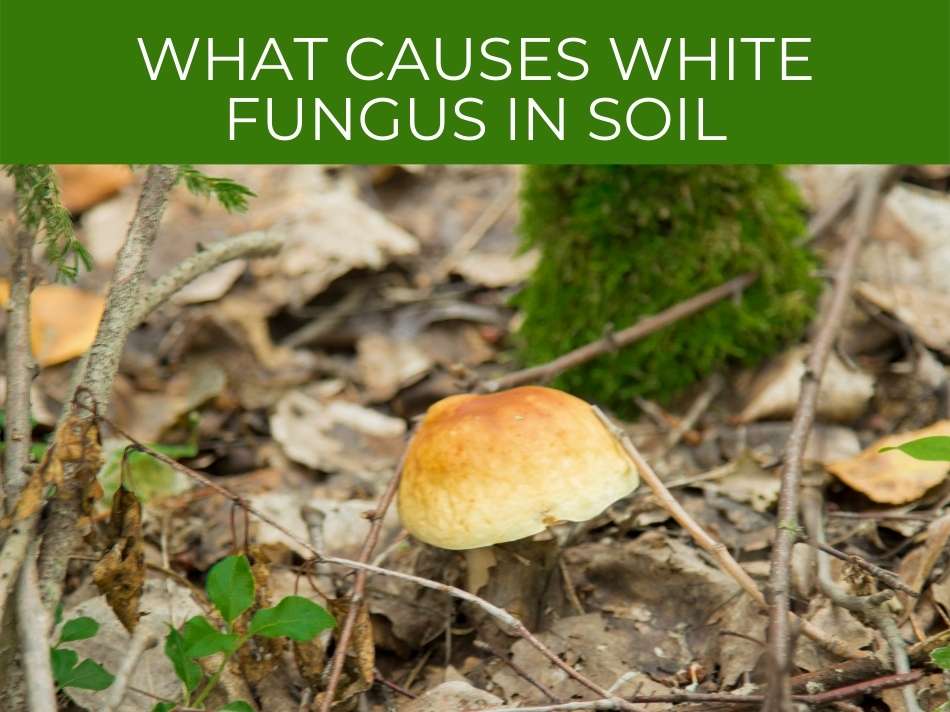
What Causes White Fungus In Soil
After spores encounter the ideal growing environment to thrive in, they develop in the soil.
Watch over the plants you used the same compost on if you recently added compost to the soil since they can start exhibiting the same symptoms.
If you haven’t recently added any foreign materials to the soil, it may just be a case of puffball or stinkhorn spores entering the soil through the air.
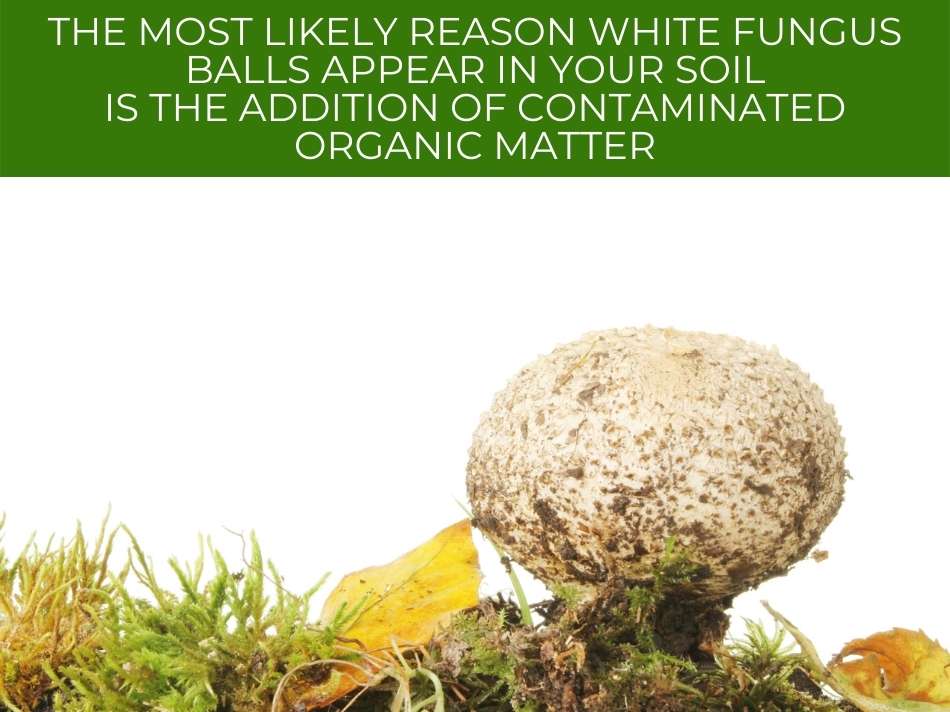
The most likely reason white fungus balls appear in your soil is the addition of contaminated organic matter, such as compost. This is because the white fungus thrives in conditions where decomposing organic matter is present.
The stinkhorn fungus, in particular, grows well amongst decaying organic waste, especially when kept damp all the time.
In order to reduce the possibility of fungus developing, later on, it’s also a good idea to undertake a thorough cleaning of the soil and pots.
This is because once these fungi are in your soil, they will grow and spread, especially if there are decaying or rotting organic materials nearby.
Find out whether plants need soil.
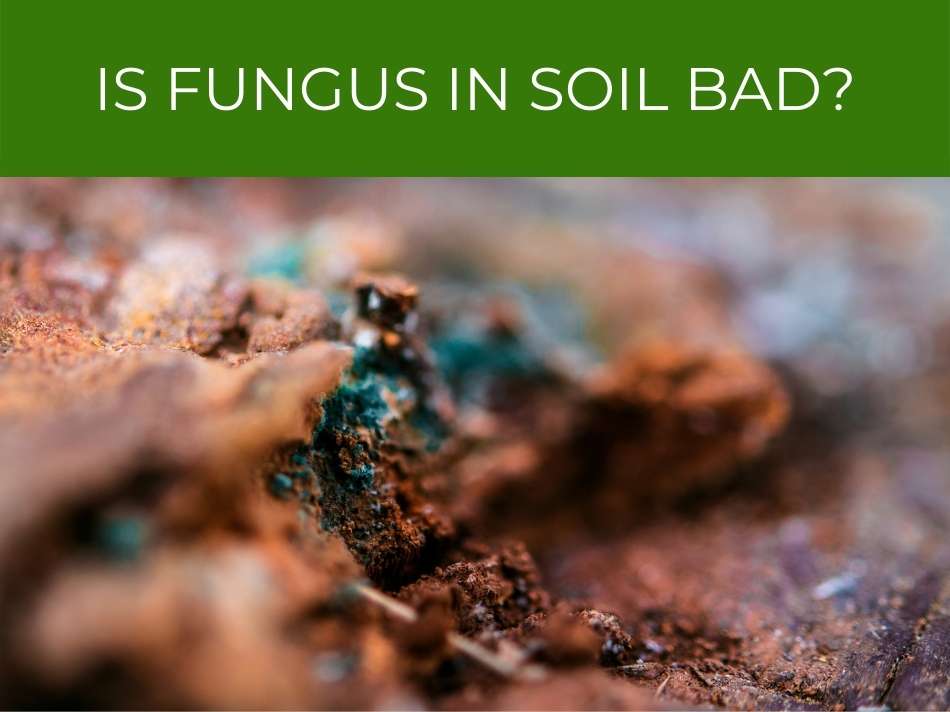
Is Fungus In Soil Bad?
Even though stinkhorns and most fuzzballs are not dangerous, they can quickly turn into an unsightly and unhealthy growth that upsets your plant’s environment.
The white balls that are fungal growths are often not harmful to your plants.
But for hygienic reasons, you will probably prefer to keep your gardens and pots free of any bacteria.
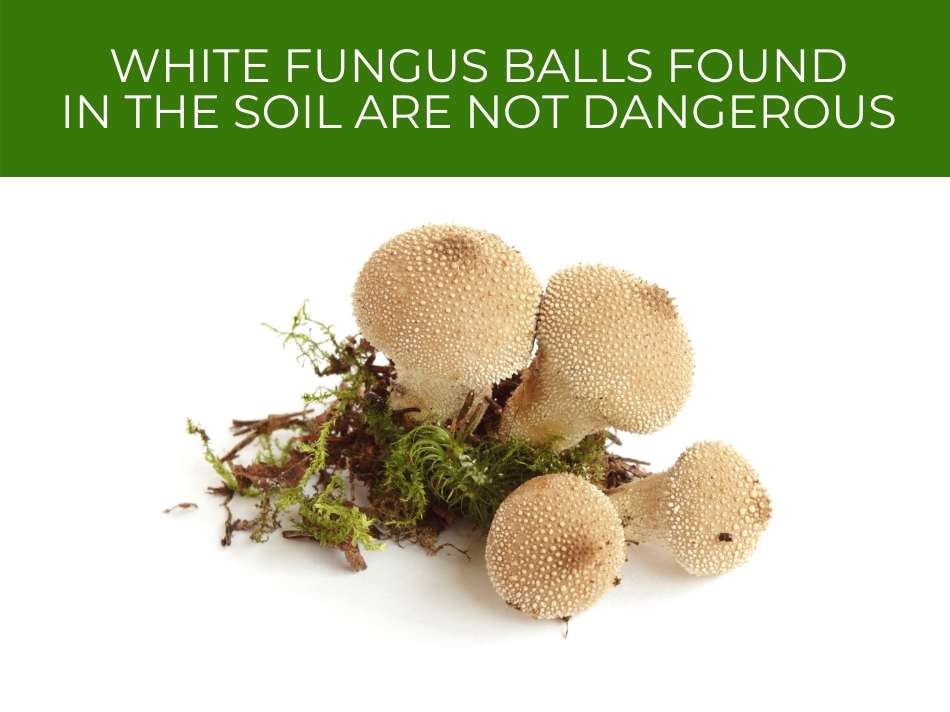
White fungus balls found in the soil are not dangerous, but if they develop unchecked, they might eventually cause issues. Also, any white fungus balls that are anywhere in your landscape are toxic to animals. Therefore, it is preferable to stop their growth before it begins.
If you discover solid white balls beneath the soil’s surface, there may be a larger issue present.
These are larger fungal growths, and they can be as large as a golf ball or the size of a sparrow’s egg.
Slimy stalks can grow upward from the fruiting bodies and disperse a foul smell around your plants, but they cannot damage people or plants.
Since stinkhorns are very hard to remove from a mulched area, using any additional ways to get rid of them, such as fungicides or bleach treatment, is just not worth it.
Better would be to just rake away the damp mulched parts of your garden regularly.
Learn about the role of fungus in the soil.
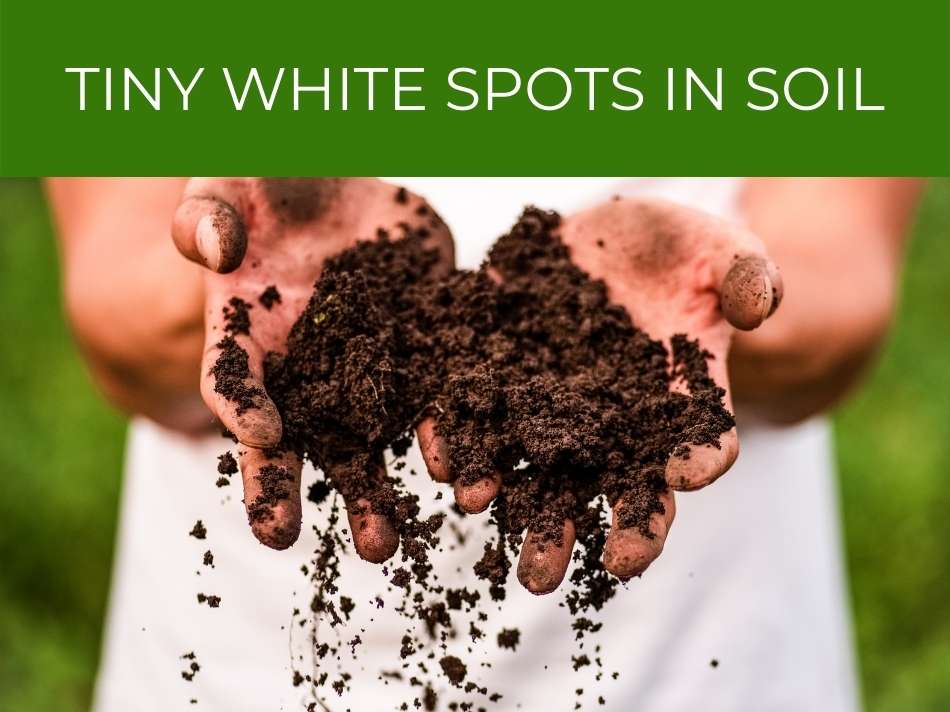
Tiny White Spots In Soil
It’s likely that you used uncomposted grass clippings as mulch if you see clusters of hundreds of small white balls on the soil’s surface.
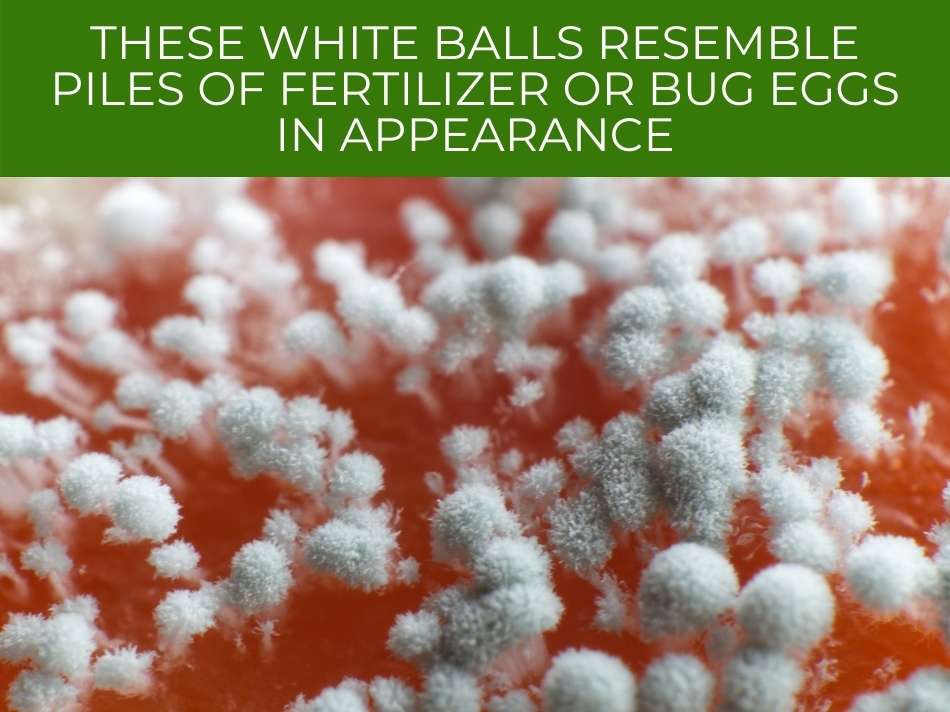
These white balls resemble piles of fertilizer or bug eggs in appearance. They are harmless slime molds, not fungus colonies.
These white eggs are becoming fruiting bodies, and you will discover spores within if you break one of these balls apart.
You might wish to keep seedlings and fresh growth away from fungal development even if they are not damaging to your plants.
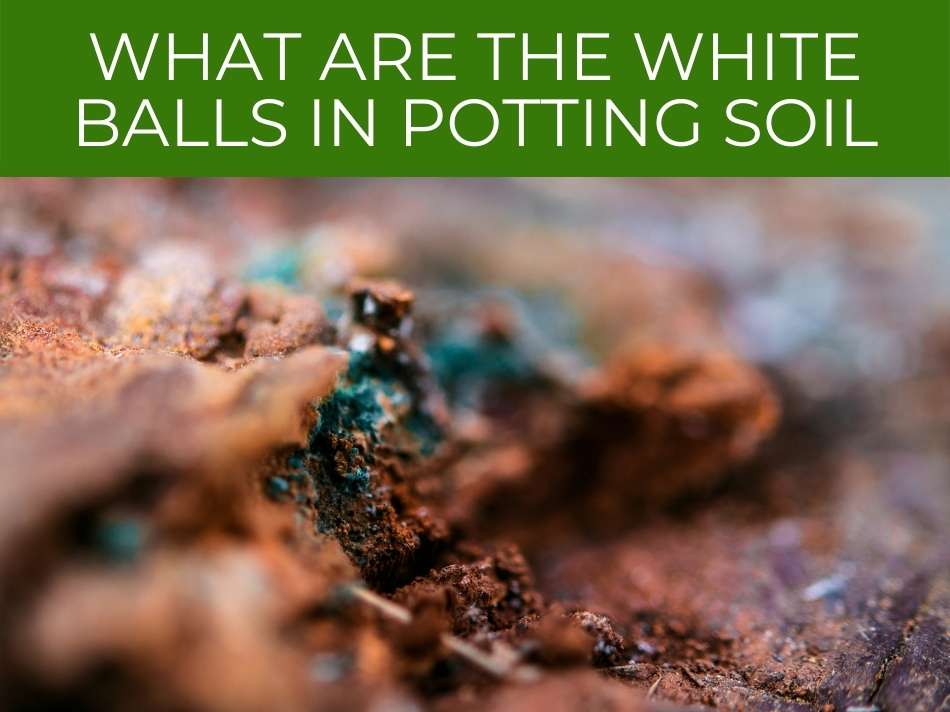
What Are The White Balls In Potting Soil
Have you ever observed little white polystyrene-like balls in potting soil?
The tiny white balls in your potting soil are a perlite component added by commercial potting soil vendors that give your plants extra nutrients and help water drain.
Perlite has a multitude of microscopic cells, rather like a sponge, and when it becomes saturated with moisture, it seeps into its core.
So, even when the rest of the soil dries up, this mechanism enables the perlite to provide the soil with a water reservoir.
Potting mixes should ideally contain perlite.
Cooling lava creates the perlite mineral, but not all sellers of potting mix use it.
Some companies substitute cheaper imitations such as polystyrene beads that perform similarly to perlite but harm the environment.
Verify the label if you are unsure. Perlite ought to be listed as an ingredient.
Change to a new brand if it contains styrofoam or any other component produced from plastic.
When styrofoam is mixed with potting soil, plastic enters the ecosystem.

